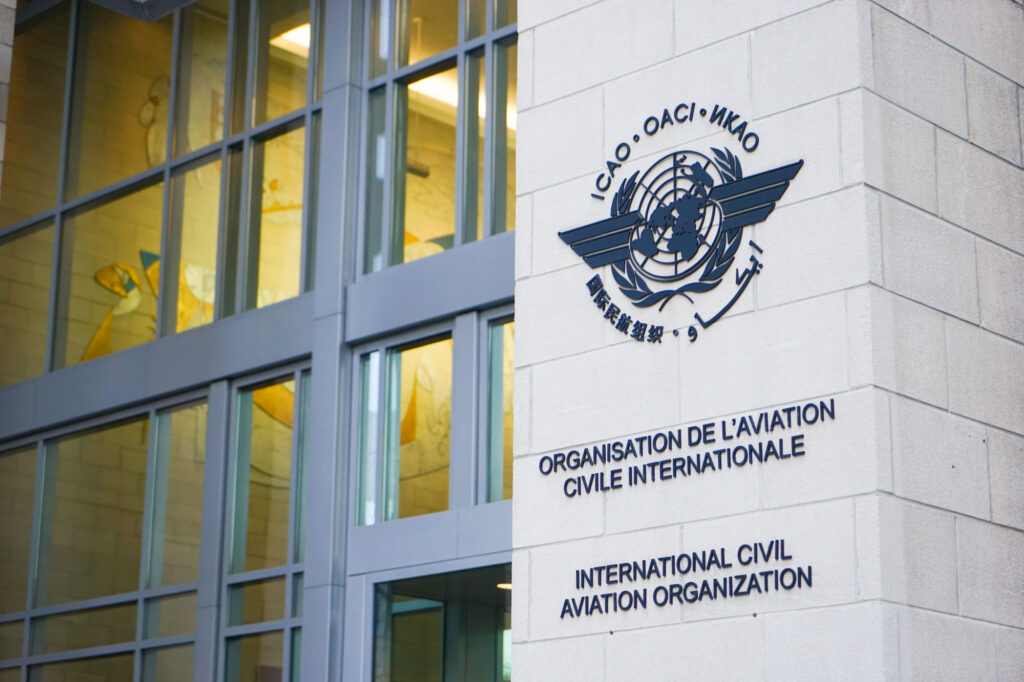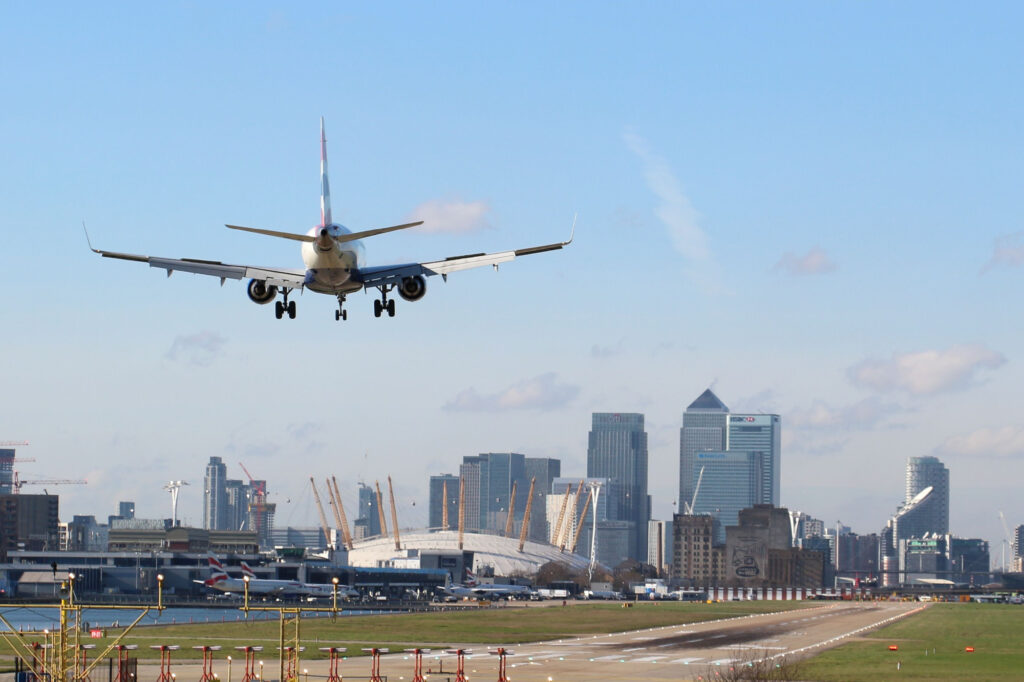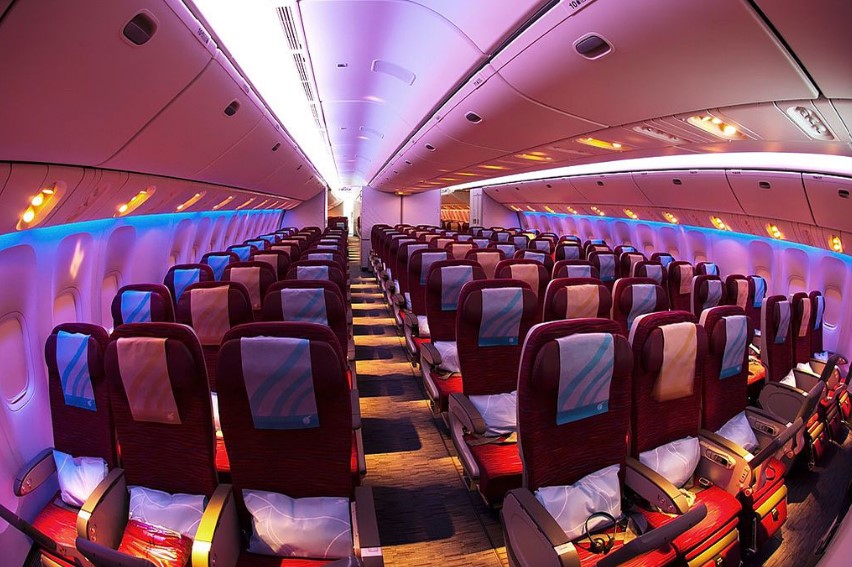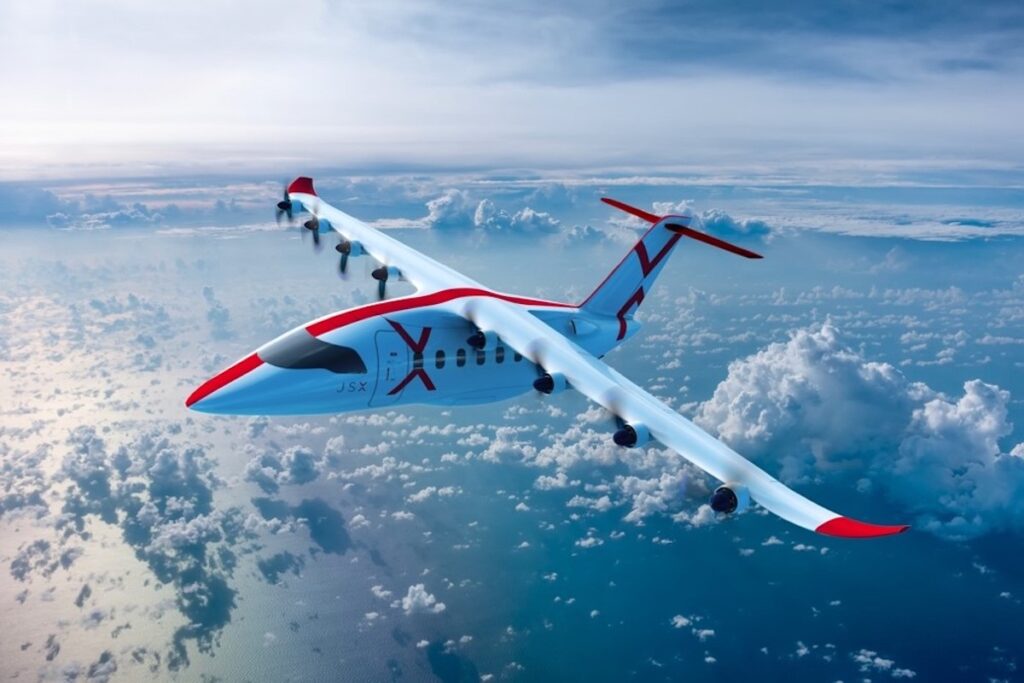Airports around the world have their unique identifier codes, which nevertheless come in two different versions: IATA (International Air Transport Association)… The post IATA and ICAO: a guide to airline and airport codes appeared first on AeroTime.
Airports around the world have their unique identifier codes, which nevertheless come in two different versions: IATA (International Air Transport Association) codes and the ICAO (International Civil Aviation Organization) equivalent. Both are three- and four-letter codes that serve as a quick and easy way to identify specific airports, especially when communicating flight information.
IATA airport codes are commonly used by airlines and travel agents, while the ICAO system is primarily used by air traffic control (ATC).
In this article, we will discuss airport codes in more detail, including their history, types and common usage.
History of airport codes
The history of airport codes can be traced back to the 1930s when airlines began using two-letter codes to identify airports. However, this system proved to be insufficient as more airports were being built around the world and airports began to share similar two-letter codes.
It was around that time that ICAO was established as a United Nations agency in 1944 to support standardizing and regulating international air travel ever since.
A year later, IATA was founded in 1945 as a trade association for the world’s airlines. Today it plays a key role in the airline industry, developing industry policies and standards, providing training and consulting services, and managing the airline industry’s settlement systems.
In the late 1940s, IATA introduced a three-letter airport identification system allowing for a greater number of permutations, and this is still in use today. Similarly, following its creation, ICAO established Flight Information Regions, along with its coding system, to manage air traffic and simplify airport identification.
While IATA codes are primarily used for commercial purposes, such as ticketing and baggage handling, ICAO codes are used for operational and safety purposes, such as ATC and flight planning.
 Inspired By Maps / Shutterstock
Inspired By Maps / Shutterstock
Naming conventions of airport codes
The ICAO’s four-letter codes are assigned based on a standardized numbering system that provides information about the location and type of facility. The first letter of the code indicates the region of the world in which the facility is located, as follows:
A: Africa
B: Asia
C: Europe
D: Middle East
E: North America
F: South America
G: Oceania
The second letter provides more specific information about the location within the region, such as the country or region, while the third and fourth letters are assigned sequentially to identify individual airports or other aviation facilities within the same location.
For example, the ICAO code for Heathrow Airport in London, England is EGLL. The ‘E’ in the first position indicates that the airport is located within Europe, while the ‘G’ in the second position identifies the specific country (in this case, the United Kingdom). The ‘LL’ in the third and fourth positions are assigned sequentially to identify Heathrow as a unique airport within the United Kingdom.
In comparison, IATA codes are rather random. While some use three letters of the city where they are located (Las Vegas-Harry Reid International Airport is LAS, Hong Kong International Airport is HKG), others follow national naming conventions or refer to the name of the airport itself (Paris-Charles de Gaulle Airport is CDG, New York-John F. Kennedy International Airport is JFK).
The code for Los Angeles International Airport, for example, was initially “LA.” However, as the use of three-letter codes became the norm, a new identifier was needed. To keep some consistency with the previous code, an “X” was added to the end, creating the now-familiar LAX code.
Europe airport codes
Europe has a wide range of IATA airport codes, with many popular cities having multiple airports. For example, London’s five major airports are:
Heathrow (LHR) Gatwick (LGW) Luton (LTN) London City (LCY) Stansted (STN)Codes for other popular European airports include:
CDG (Paris Charles de Gaulle) FRA (Frankfurt Airport) FCO (Rome Fiumicino) AMS (Amsterdam Schiphol) BCN (Barcelona) Travers Lewis / Shutterstock
Travers Lewis / Shutterstock
International airport codes
Some international airport codes include:
JFK (John F. Kennedy International Airport in New York City) LAX (Los Angeles International Airport) ORD (Chicago O’Hare International Airport) YYZ (Toronto Pearson International Airport), and DXB (Dubai International Airport).Finding airport codes
Passengers can easily find their airport codes by checking their airline tickets, boarding passes, or baggage tags. They can also be found on airport websites and in travel guides.
Additionally, there are numerous online resources that list them, such as the IATA website, which has a comprehensive list of all airports and their corresponding codes.
The post IATA and ICAO: a guide to airline and airport codes appeared first on AeroTime.
















